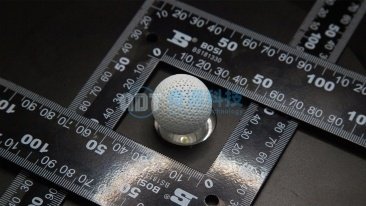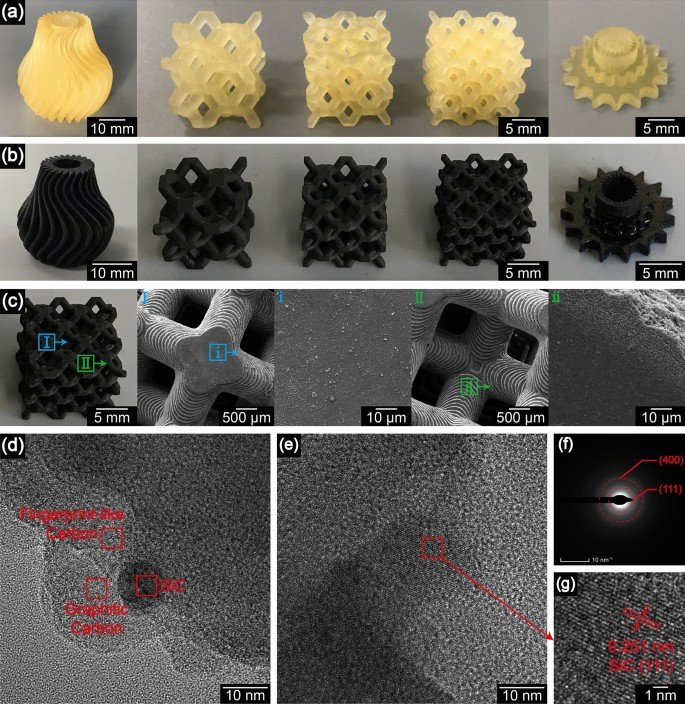Ceramics are inseparable from China’s cultural memory and global material history. From the Tang and Song dynasties’ mastery of porcelain—kaolin-rich bodies fired to translucence—through the Ming and Qing periods when Jingdezhen became the world’s porcelain capital, Chinese innovation defined what we now recognize as high-performance ceramic craft. Yet ceramics were never only art; across continents, they enabled cooking, storage, sanitation, architecture, and ritual. This long arc sets the stage for today’s shift from traditional ceramics to ceramic 3D printing, where complex shapes, rapid iteration, and advanced ceramic sintering link heritage with high technology.
Global evolution: how humans formed and fired clay into civilization
For tens of millennia, societies refined ways to turn earth into durable form. Early hand-built vessels and figurines were fired in pit kilns, later replaced by updraft and downdraft kilns that reached higher, more uniform temperatures. The potter’s wheel unlocked speed and symmetry; slip casting and pressing introduced repeatability; glazes and pigments brought function and beauty. By the time Chinese hard-paste porcelain matured at ~1400 °C, the world had learned that temperature control, mineral selection, and sintering profiles decide whether a pot sings or shatters. Over centuries, ceramics moved from hearth and temple to infrastructure (roof tiles, bricks), sanitation (pipes, fixtures), chemical vessels, and electrical insulators—quietly enabling modern life long before silicon chips.
Traditional methods: strengths, limits, and the engineering gap
Classic workflows—hand forming, wheel throwing, jiggering, slip casting, isostatic pressing—excel at simple or repeat parts but struggle as geometry becomes internal, lattice-like, or topology-optimized. Molds add cost and delay; drying introduces gradients that cause warpage; glazing and multiple firings amplify cumulative error. Even with expert craftsmanship, three realities persist: (1) geometry is constrained by tooling, (2) dimensional accuracy is hostage to shrinkage control, and (3) repeatability falls as designs grow more intricate or batches shrink. These limits became painfully clear as industries demanded micro-channels, conformal cooling, lightweight lattices, and component consolidation that conventional methods could not deliver at speed.
Advanced ceramics: why materials leapt ahead of manufacturing
In the last century, advanced (engineered) ceramics—alumina, zirconia, silicon carbide, silicon nitride, cordierite, and more—brought superior hardness, wear resistance, chemical stability, thermal shock tolerance, and dielectric performance. They enabled aerospace thermal barriers, automotive wear parts, biomedical implants, MEMS substrates, and high-frequency electronics. Yet manufacturing these materials into complex shapes required multi-part tooling, green machining, or expensive post-processing that eroded the benefits. In short: the materials were ready, the manufacturing wasn’t.
Why ceramic 3D printing emerged (and why sintering is still the boss)
Ceramic 3D printing—notably DLP ceramic 3D printing and DIW (Direct Ink Writing)—rose to close the gap. It fabricates parts mold-free directly from CAD, placing material only where needed for weight savings and sustainability. Internal channels, graded infills, and lattice cores become routine rather than exotic. R&D cycles compress from weeks to days; customization becomes economical. But printing only sets the stage. Whether you cast or print, the part succeeds or fails in the kiln. Sintering consolidates the green body, determines final density and grain size, fixes tolerances, and decides if micro-features survive. Typical failure modes—differential shrinkage, porosity, microcracks, distortion—are not printing problems per se; they’re thermal and kinetic problems. That means the winning stack is print process + binder system + debind + sintering profile tuned to the specific ceramic and geometry.
Sintering as a competitive advantage: from profile design to dense, precise parts
Modern leaders treat sintering as an engineering discipline. They map debind windows to avoid pressure spikes, tailor ramp/soak/cool curves to minimize thermal gradients, and target near-theoretical density with controlled grain growth. For DLP prints, resin chemistry and particle packing govern green strength and burnout behavior; for DIW, rheology and solids loading decide filament fusion and porosity pathways. Get this stack right and you preserve thin walls, micro-channels, and lattices; you hit tolerances without heroic post-machining; you ship dense, high-precision ceramic parts that actually meet aerospace, biomedical, and electronics specs—at a speed traditional methods can’t match.
Practical paths: when to choose DLP vs. DIW in ceramic additive manufacturing
DLP ceramic 3D printing photopolymerizes high-solids slurries layer by layer, excelling at fine features, smooth surfaces, and speed—ideal for microfluidic channels, dental and biomedical shapes, intricate aesthetic parts, and precision lab tooling. DIW ceramic 3D printing extrudes paste-like inks through fine nozzles, owning complex shell-and-infill strategies, multi-material possibilities, and robust green bodies suitable for functional ceramics with demanding geometries. Many teams pair the two: DIW for robust functional cores; DLP for high-detail interfaces—both converging on the same advanced sintering toolkit.
Bringing it together with equipment that’s built for sintering success
When you are ready to implement, the equipment matters as much as the theory. ADT (Shenzhen AdventureTech Co., Ltd.) integrates printing performance with sintering know-how so you don’t fight the kiln alone. The DLP Ceramic 3D Printer delivers micro-scale fidelity (spot size ~50 µm, layer thickness down to ~2 µm, and high throughput), making it a fit for precision parts where surface quality and fine features matter. The DIW Ceramic 3D Printer focuses on paste rheology control and stable extrusion for intricate internal structures and functional components. Both are supported by ADT’s advanced ceramic sintering expertise—custom debind windows, ramp/soak schedules, and atmosphere control—so printed parts exit the furnace dense, accurate, and repeatable. If your team’s KPI is dense ceramic parts with consistent tolerances, this integrated approach shortens the learning curve from “first print” to “qualified part.”
Conclusion: heritage meets hardware
From China’s porcelain legacy to the global spread of advanced ceramics, the story of clay is the story of heat, structure, and time. Ceramic 3D printing didn’t appear to replace tradition but to extend it—delivering geometries the wheel and mold cannot, at speeds the modern economy demands. The constant through it all is sintering. Master the kiln, and you master ceramic performance. To explore production-ready paths—DLP for ultra-fine precision, DIW for complex functional forms—start with equipment and process support that treat sintering as a first-class citizen:
• DLP: https://adt-ceramic3dp.com/dlp-3d-printer/
• DIW: https://adt-ceramic3dp.com/diw-3d-printer/
• Company site: https://adt-ceramic3dp.com/
More articles
Request A quote





